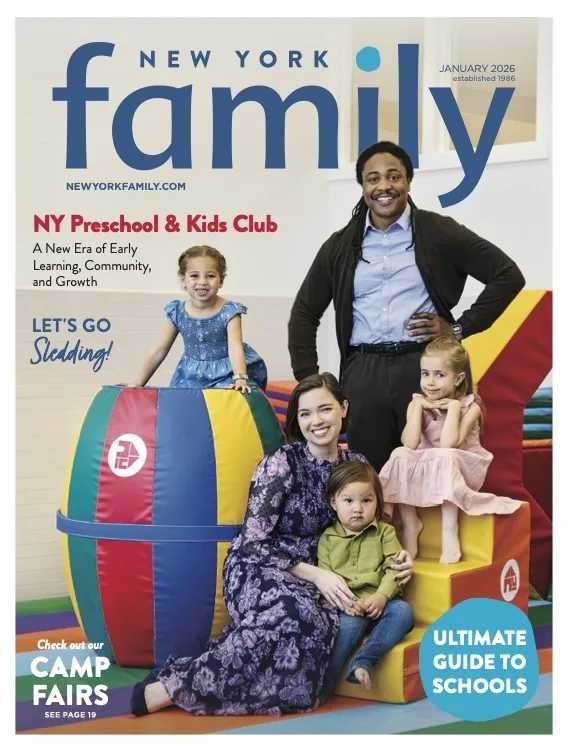Whether you’re planning a bountiful harvest celebration or a creepy-crawly Halloween party, consider these seasonally sensational craft, game and food suggestions.
Crop of crafts
When doing crafts with kids in a group, plan a main craft with a short, second activity — coloring pages or stringing popcorn — for early finishers. Whatever crafts you choose, pick ones that are easy to clean up, so you can move on to the next activity.
• Black cat candy jar: Place black electrical tape over the sharp edges of a tin can. Cover the can with black construction paper and glue in place. Glue two wiggly eyes to the can, then use a thin paintbrush and white paint to draw a mouth, nose and whiskers. Draw and cut out a black tail shape and two triangular-shaped ears. Cut two smaller triangles from pink paper for the insides of the ears; glue to black triangles. Glue ears to the top inside edge of the can and the tail to the back side of the can. Fill with treats.
• Jack-o-lantern pots: Buy various-sized terracotta pots and turn them upside down so the drainage hole is facing up. On yellow construction paper, draw and cut out two eyes, a nose and a toothy grin — the wackier the better. Apply Mod Podge (a craft glue) with a paintbrush under and over the facial features, then attach them to the pot. Place a short, wide stick out of the hole to resemble a pumpkin stem.
• Pumpkin noisemakers: Paint a 12- by 1/2-inch dowel rod black; let dry. Trace and cut out two leaves using green craft foam, then cut a small slit in the center of each leaf. Draw a face onto the bottom side of an orange paper plate with a black permanent marker. Line up the face plate with a second orange plate, rims together and bottoms facing out. Use a hole punch to create holes 1-inch apart around the perimeter of both plates. Place dried beans and small jingle bells between the two plates. Also put the dowel between the plates, moving a short end of the stick above the facial features to represent the pumpkin stem, and a long end below for the handle. Sew plates together by lacing yarn through the holes. Push leaf slits through the short end of the dowel rods and secure with a glue gun.
Gathering for games
Games are a staple at kids’ gatherings: Choose ones every child can participate in, where no one is eliminated. With a little forethought and creativity, any game can be adapted to fit the fall theme.
• Broom ball: Purchase half-sized brooms for each party guest and two different colors of seasonal garland. Decorate half of the brooms with one color of garland and the remaining half with the other garland to specify teams. Establish goals at opposite ends of the yard, and divide the children into teams. Place a kickball in the center of the yard, then give each child a broom to sweep the ball to his team’s goal. The first team to score five goals wins.
• Ring around the pumpkin: Place three large pumpkins with stems in a line several feet apart. Gather four hula hoops. To play, children should take turns standing behind the designated tossing line and try to ring the pumpkins with the hula hoop. The child with the most rings wins.
• Scarecrow relay: Separate children into two teams. Choose one child from each team to be the scarecrow. Place scarecrows at one end of the room, along with hay and oversized scarecrow-type clothing items. Teammates line up at the other end of the room. To play, teammates take turns running to the scarecrow and dressing him with one clothing item, then tag the next player who does the same. When the scarecrow is completely dressed, each teammate returns a second time to stuff straw in his clothing. The first team to finish making its scarecrow wins.
Seasonal snacks
Food is more fun when kids are involved in the preparation process. Stick with things children like to eat and add a seasonal twist to it.
• Floating faces: Core and peel an apple, then cut it in half. Lay one half on the table and use a paring knife to create facial features. Repeat these steps until you have enough apple halves for each party guest. Place apples in a cider punch bowl. When the cider is ladled out, give each child a floating face.
• Itsy-bitsy caramel apples: Cut lollipop sticks in half. Use a melon baller to scoop little balls out of medium-sized apples, making sure each ball has a section of the apple peel. Push a lollipop stick into the peel of each apple ball. Blot apples dry with a paper towel. Melt a 14-ounce package of caramel candies with two tablespoons of water. Have children dip and swirl their apple balls in caramel, then roll in crushed Oreo cookies, nuts, sprinkles, nonpareils or mini-chocolate chips. Place on waxed paper to cool for 15 minutes.
• Pumpkin pancakes: Mix dry ingredients: 1 cup flour, 1 tablespoon sugar, 2 teaspoons baking soda, ¼ teaspoon salt and ½ teaspoon cinnamon. Set aside. Separate two eggs. Mix yolks with ½ cup of plain pumpkin puree, 1 cup milk and 2 tablespoons canola oil. Add dry ingredients. Beat egg whites until fluffy, then fold into the batter. Pour ¼ cup of batter onto a greased griddle; flip when bubbles form on top. Kids can make jack-o-lantern faces using raisins, dried fruit, nuts, chocolate chips and whipped cream.
Denise Morrison Yearian is the former editor of two parenting magazines and the mother of three children.









